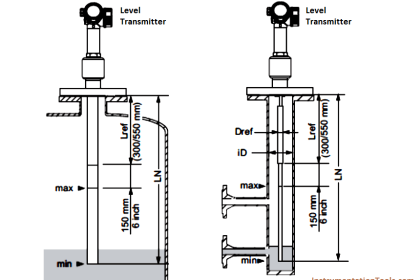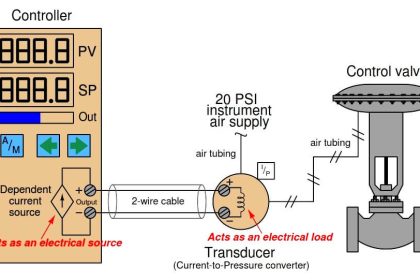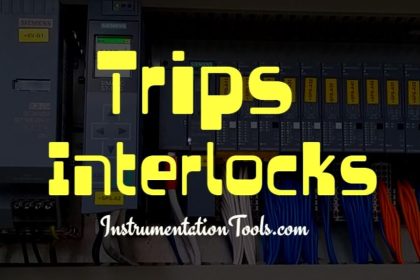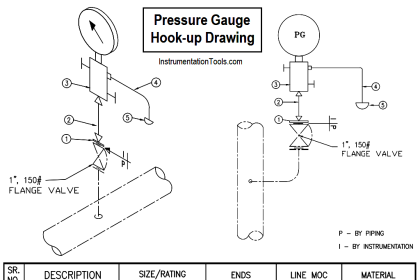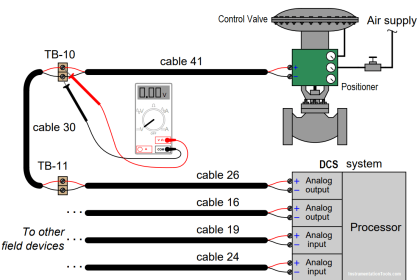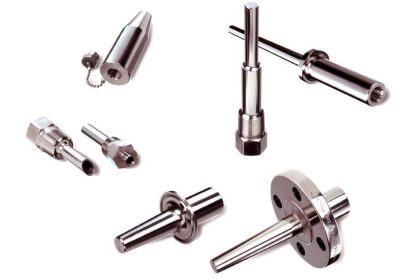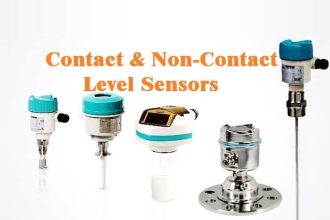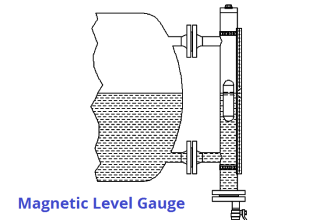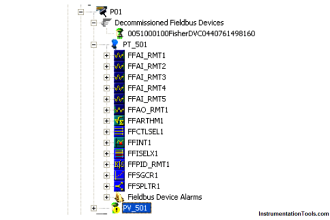In Detail Design/ Engineering of each Process Plant Project one of the main activities of the I&C-Team is related to the design of the Process Control & Safety Systems and accordingly to providing required documentation for purchasing, supplying, and installing such systems (at the project site).
By starting the Procurement/ Purchasing phase of the project, I&C-Team shall provide Material Requisitions with all required documentation, in order to deliver them to different vendors, and then get different offers from them for study and investigations. In fact from this point, system(s) vendors are engaged in process plant projects, and after vendor selection, just the wined vendors will continue their jobs by official contracts.
For a review of detailed Instrumentation and Control (I&C) Team activities and documentation up to activating the Procurement Cycle, you may refer to the reference article, while the detailed steps of the Procurement Phase and relevant activities and correspondences can be studied in more detail via the article: “Procurement Service Cycle Definition” – Engineering Practice Magazine – July 2024 (IACPE). However, in this article, we try to be familiar with the vendors’ roles and responsibilities for supplying the required Control and Safety System(s) of the project. On the other hand, it will be “Vendor View of Supplying Process Control & Safety Systems”.
Vendor
- First of all, let us define “Vendor” for our following study/ review. In the following texts, we use the word ‘Vendor” for those who supply the system (Control or Safety), and they may be the original manufacturer of the subject system or they may just be integrators of the subject system which is manufactured by others.
- Of course, in any case, the system vendor will supply some parts or components of whole systems (such as cabinets, power supply units, terminals, etc.) from other suppliers or vendors by their internal contracts (with sub-suppliers). On the other hand subject system is considered “a single complete operational package” including all analog/ digital control units, operator stations, controllers, communications & networks, recorders, cabinets, power supplies, interconnecting cables, and any other devices or unit required for the operation of the control system as described in relevant specifications and documents.
Generally in Industrial projects, a Vendor or Supplier is defined as any person, firm, company, or corporation having a purchase order with “Purchaser” for the performance of any item of work and supply defined in the requisition document and its attachments.
Subject Systems
The subject systems of process plant projects that have relevant requisitions are those Control & Safety Systems that are needed for implementing process functionalities (like DCS, ESD, FGS, PLC, UCP, …). Usually in industrial projects, each system will have separate requisition and relevant documents, while some of such systems may have a common vendor or supplier or even all control and safety systems may be supplied by one vendor such as Integrated Control & Safety System (ICSS) which is applicable for systems with same backbone platform or base.
Regardless of the type of system (DCS, ESD, FGS, PLC, UCP, …), the sequence of activities and documentation for supplying such systems are approximately similar to each other, and so in the following texts we may refer to just “system” (or even one dedicated system such as DCS) for any explanations but it can be considered as all types of systems in our minds.
Sequence of Vendor View for Supplying Process Control & Safety Systems
Generally, we can define the sequence of engaging system vendors to the process plant project as different main steps shown in Figure-1:
- BID Phase (Preparation of Offer)
- Contract Activation (Finalizing the Purchase Order and official contract sign)
- Detail Design & System Assembly (Detail Design Documentation and Assembling the System)
- Test & Delivery (finalizing the system and doing internal and Factory Acceptance Tests (FAT), Inspection, and Packing and Delivery of the system)
- Site Assistance (or any other After Sale Services)
The details of such steps can be found in Figure-1, and we try to review them in the following.
Bid Phase
By activation of the Procurement Phase of an Industrial Process Plant Project, different systems (material) requisitions (MR) will be sent to some applicable vendors. Due to project procedures (and Approved Vendor List) and also due to the vendors’ abilities, system vendors may receive one or several MRs for different requested systems.
Now, the vendor will do the general analysis of project technical requirements mentioned in received MRs, and due to their powers and abilities, they shall investigate and decide if they can provide offer(s) for ICSS, many systems, or just one system of the project?
If they find that they cannot satisfy any of the MRs, they will stop their studies and announce the decline of the project. Sometimes this decline may be not due to technical points, but instead due to other conditions or political items (as an example due to sanctions).
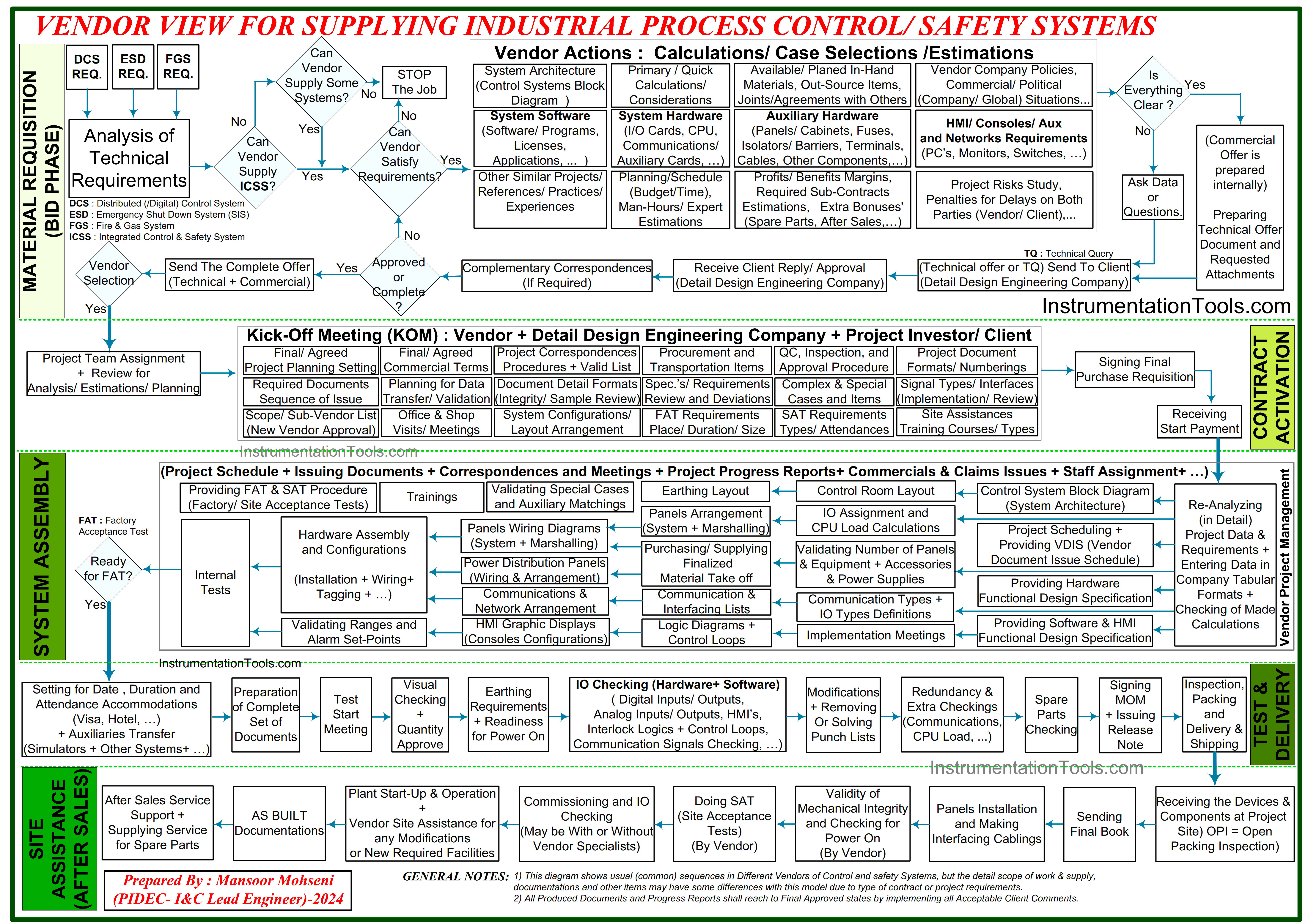
Figure-1: Overview Sequence of Design & Supplying Process Control & Safety Systems
Required actions for providing the body of the offer:
If the vendor decides to provide their offer for project system(s), then they will do some actions and more detail analysis (including calculations, case selections, estimations, planning, etc.) for the below main topic titles:
- System Architecture (Control System Block Diagram).
- Primary/ Quick Calculations/ Considerations.
- Available/ Planned In-Hand Materials, Out-Source Items, Joints/ Agreements with others.
- Vendor Company Policies, Commercial/ Political (Company/ Global) Situations, …
- System Software (Software/ Programs, Licenses, Applications…).
- System Hardware (CPU, I/O Cards, Communications, Auxiliary Cards …).
- Auxiliary Hardware (Panels/ Cabinets, Isolators/ Barriers, Relays, Fuses, Terminals, Cables, Ducts, Installation Rails, Other Components …).
- HMI/ Consoles/ Auxiliary Items and Networks Requirements (including PC’s, Monitors, Switches …).
- Other Similar Projects/ References/ Practices/ Experiences.
- Planning/ Schedule (Budget/ Time), Man-Hours/ Expert Estimations.
- Profits/ benefits Margins, Required Sub-Contracts Estimations, Extra Bonuses (Spare Parts, After Sales…).
- Project Risks Study, Penalties for Delays on Both Parties (Vendor/ Client (or Purchaser)…).
If the results of all studies are clear then they arrange and provide their offer (and all requested attachments), otherwise, they will ask the Client/ Purchaser for missed data or more clarification on some items in order to provide their primary offer.
System Vendor shall provide their offer in two formats. One technical format with all requested attachments (but without any mentioned price) which will be sent to Purchaser, while the second format will be Commercial Offer (including price list) which is provided inside the Vendor Company in order to be finalized and will be ready for sending to Purchaser/ Client at future specified time.
Primary Technical Offer (with all requested attachments) will be sent to Purchaser in order to be investigated and balanced by their I&C Team along with the other offers.
Of course in order to finalize the primary vendor offer, the I&C-Team of Detail Engineering Company shall have some more detailed conversations (in the form of Technical Queries (TQ) and Clarification Replies) to finalize all items and balance it with other received offers. Such conversations will be continued up to reaching the final approved Technical Offer. Then after that, the vendor will wait for the Purchaser’s specified time to send their (closed pocket) Complete (Commercial) Offer that is to be attended at the time of the Vendor Award Decision Meeting by them.
After the vendor selection meeting, if the vendor is informed as a wined vendor they follow the job and otherwise their job will be finished (without any contract) here.
Contract Activation
After announcing the wined vendor, the selected vendor will assign the project team members and accordingly, they will be asked to review the Analysis/ Estimations/ Planning made in the offer, in order to be completely ready for finalizing all open items or possible options during Kick-Off meeting.
Kick-Off Meeting Subjects:
Some of the subjects that may be discussed during the kick-off meeting are:
- Final/ Agreed Project Planning Settings.
- Final/ Agreed Commercial Terms.
- Project Correspondences Procedures + Valid List.
- Procurement and Transportation Items (Terms & Rules).
- QC, Inspection, and Approval Procedure.
- Project Document Formats/ Numbering.
- Required Documents and Sequence of Issue.
- Planning for Data Transfer/ Validation.
- Document Detail Formats (Integrity of Data and Sample Review).
- Quick Reviews on Project Specifications and Requirements and Investigating the Deviations.
- Complex and Special Cases and Items.
- Signal Types/ Interfaces (Loop Implementation/ Review)
- Scope/ List of Sub-Vendors (Project Procedure for Approval on New Sub-Vendor)
- Office & Shop Visits/ Meetings.
- System Configurations/ Layout Arrangement.
- Factory Acceptance Test (FAT) Requirements (Place/ Duration/ Size).
- Site Acceptance Test (SAT) Requirements (Types/ Attendances/ …).
- Site Assistance + Training Courses (Content Formats/ Types).
After discussion on the above items and reaching final agreements, the I&C-Team of Detail Engineering Company will issue the Purchase Order (PR) based on the Final Vendor Offer and all agreements and decisions made during the kick-off meeting. Then the PR will be signed as the basis of the official contract, and due to the scheduled plan (and after receiving the Start Payment) vendor will start the job officially.
Such a job start date (due to the agreed plan) is very important and it is a reference for more future judges on any possible delays.
Since the Kick-Off Meeting has a vital role in the complete finalization and specifying of project requirements and also the vendor plan for execution of the supplying system, hence it has a great effect on the project’s success (especially for doing the job on time and having any clarification in advance. So such a meeting shall have a clear agenda.
Detail Design and System Assembly
After activation of the project, vendor project management shall hire all their facilities for:
- Following/ Handling the project schedule/ execution
- Issuing the documents based on the considered plan
- Doing correspondence and meetings to solve problems
- Providing project progress reports
- Checking for commercial items and claims issues
- Staff assignment
- Management of changes
- Any other activity which is required to speed up the project (for compensating occurred delays)
Starting Detail Phase at Vendor Company
At start of the detail design phase in the vendor company, vendor assigned team shall reanalyze all project data and requirements in more detail and with exact care, and start entering data in company tabular formats and recheck or confirm the already made calculations (or maybe provide some new calculations).
Following this stage, they shall provide required project documentation in a suitable sequence and send them for Purchaser/ Client review and approval, and accordingly modify or complete such documents up to reaching the final state by considering acceptable client comments.
The general sequence of issuing documents and doing the required activities by vendor assigned team may be considered (approximately) as shown in Figure-1. Some of such documentation and activities can be listed below:
- Project Scheduling + Providing DDIS (Vendor Document Issue Schedule).
- Control System Block Diagram (System Architecture).
- Providing Hardware Functional Design Specification
- Providing Software & HMI Functional Design Specification
- I/O assignment and CPU Load Calculations
- Validating Number of Panels & Equipment + Accessories & Power Supplies
- Communication types + I/O Types Definitions
- Control Room Layout (Arrangement)
- Panels Arrangement (system + Marshalling)
- Earthing Layout
- Communication & Interfacing Lists
- Communications & Network Arrangement
- Implementation Meetings
- Logic Diagrams + Control Loops
- HMI Graphic Displays (Consoles Configurations)
- Panels Wiring Diagrams (System + Marshalling)
- Power Distribution Panels (Wiring & Arrangement)
Material Take-Off
The assigned team shall provide Material Take-Off for purchasing or supplying required materials of the project based on project documents, as soon as possible, to guarantee the readiness of all items at the considered time for starting assembling the system components.
The system Vendor may start purchasing of some required materials at early stages via some estimations, and then if required they can be followed for the remaining items. However, some general items (for example installation rails, relays, fuses and breakers, etc.) may be used in other projects or vice versa and can be applied from previous projects too, so purchasing such items (even by low or high estimations) may not have great effects on project success.
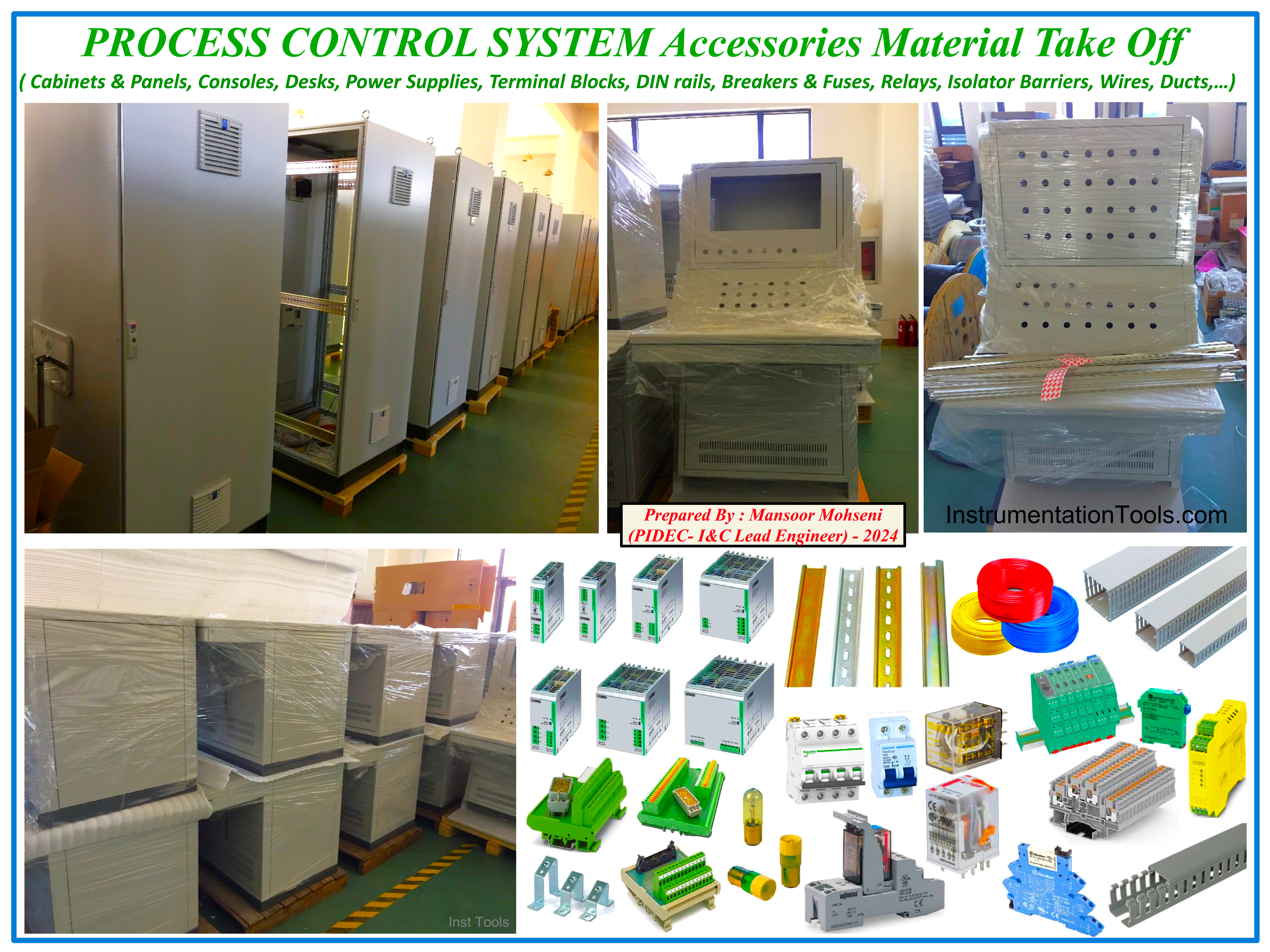
Figure-2: Some examples of Material Take-Off of items to be supplied/ purchased for System Assembly (Accessories).
Figure-2 shows some of the materials that shall be listed in Material Take-Off and as explained, we can see some items need exact quantity specifications while some of them can be considered as bulk materials which can be purchased by some estimations at the early stage of the project.
However, the system vendor shall have a suitable plan for supplying all required items at the right time. It is very important to know that some items are long delivery items and to be specified at the early stage of design (even by some estimations).
Also system vendor shall continuously monitor the available markets for accessing specified items at the right time, and if there may be some problems they shall have a quick plan for making some changes or modifications to their design and get approvals (for selected items).
Hardware Assembly and Configurations
By reaching some good state of the provided documents and supplying the required items and components, the hardware assembly and configurations will be started in parallel with finalizing the project documentation. These activities include Installation and Fixing the components and devices, wirings and internal connections, tagging and labeling, etc. (See Figure-3).
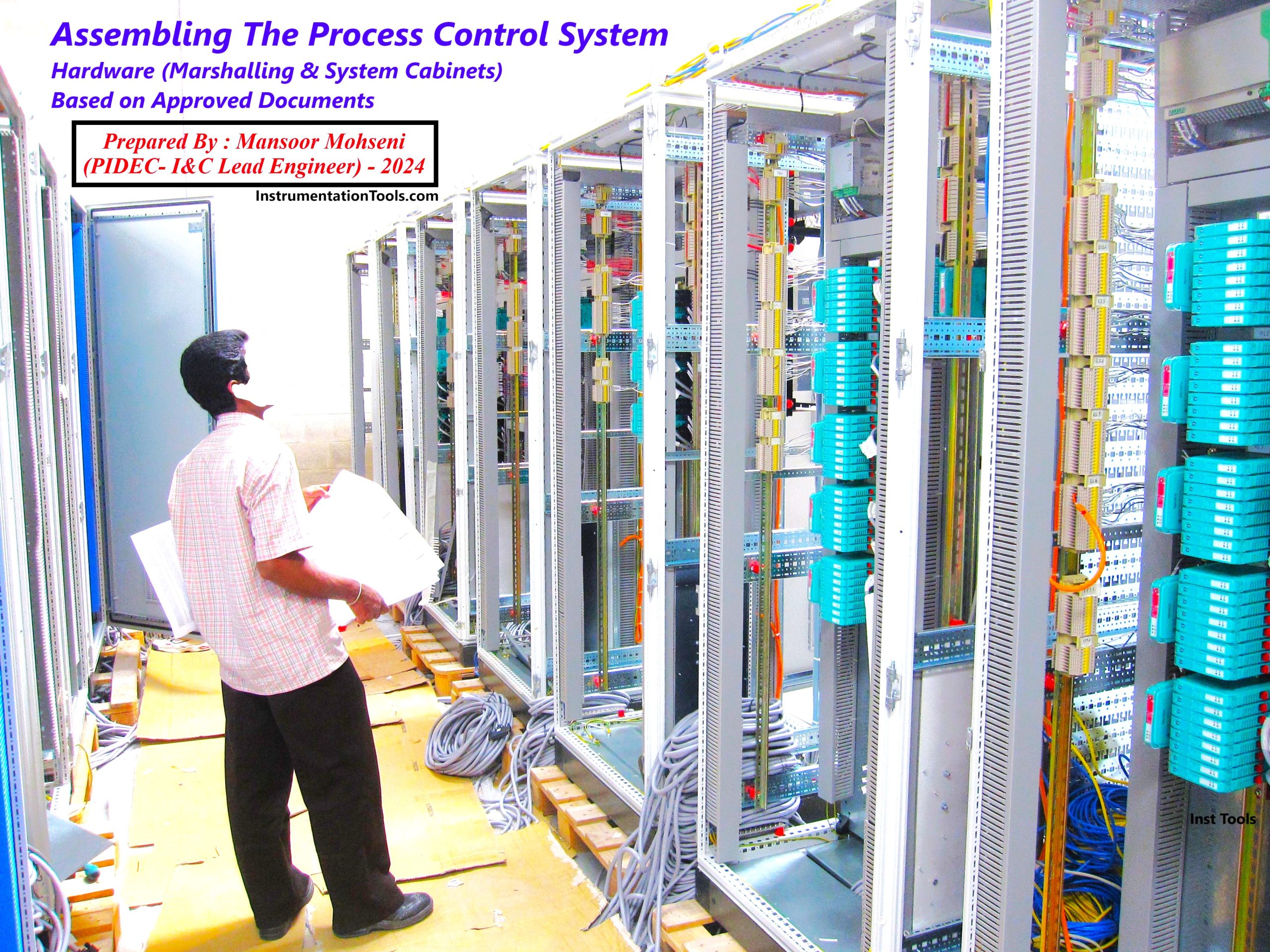
Figure-3: Assembling the Process Control System- Hardware (Marshalling & System Cabinets) based on Design (Approved) Documents.
During these activities, any hidden mismatching or missed data will be revealed and so the relevant documents by such feedback shall be modified or completed.
Validating Special Cases and Auxiliary Matchings
During the System Assembly phase, if there are any special cases in design or any special cases for interfacings or auxiliary matchings, they shall be specified and finalized by interactive mutual conversations between the System Vendor and the Purchaser (Detail Design Company).
As an example, they may check some considered areas for good installation of some (special) components in the panel and relevant interfacing/ connection wirings.
Finalizing Software and HMI Graphic Displays
In parallel to finalizing project documentation and assembly/ installation of the system hardware, the required project software (and all relevant application programs) further to HMI Graphic Displays shall be provided and finalized. For doing such activities I&C and PROCESS Teams of Purchaser (Detail Design Company) shall have close conversations and discussion meetings (for checking the results of provided subjects based on agreements).
However, the provided ranges and Alarm Set-points shall be checked and validated. Usually during such validation checking some missed data will be found.
Internal Tests
By finalizing System Assembly & Configurations (Hardware & Software) and providing documentation, the System Vendor shall do all required Internal Tests for finding and solving the problems or any mismatching items. The Internal Tests shall be documented for presentation to the Purchaser during Factory Acceptance Tests (FAT).
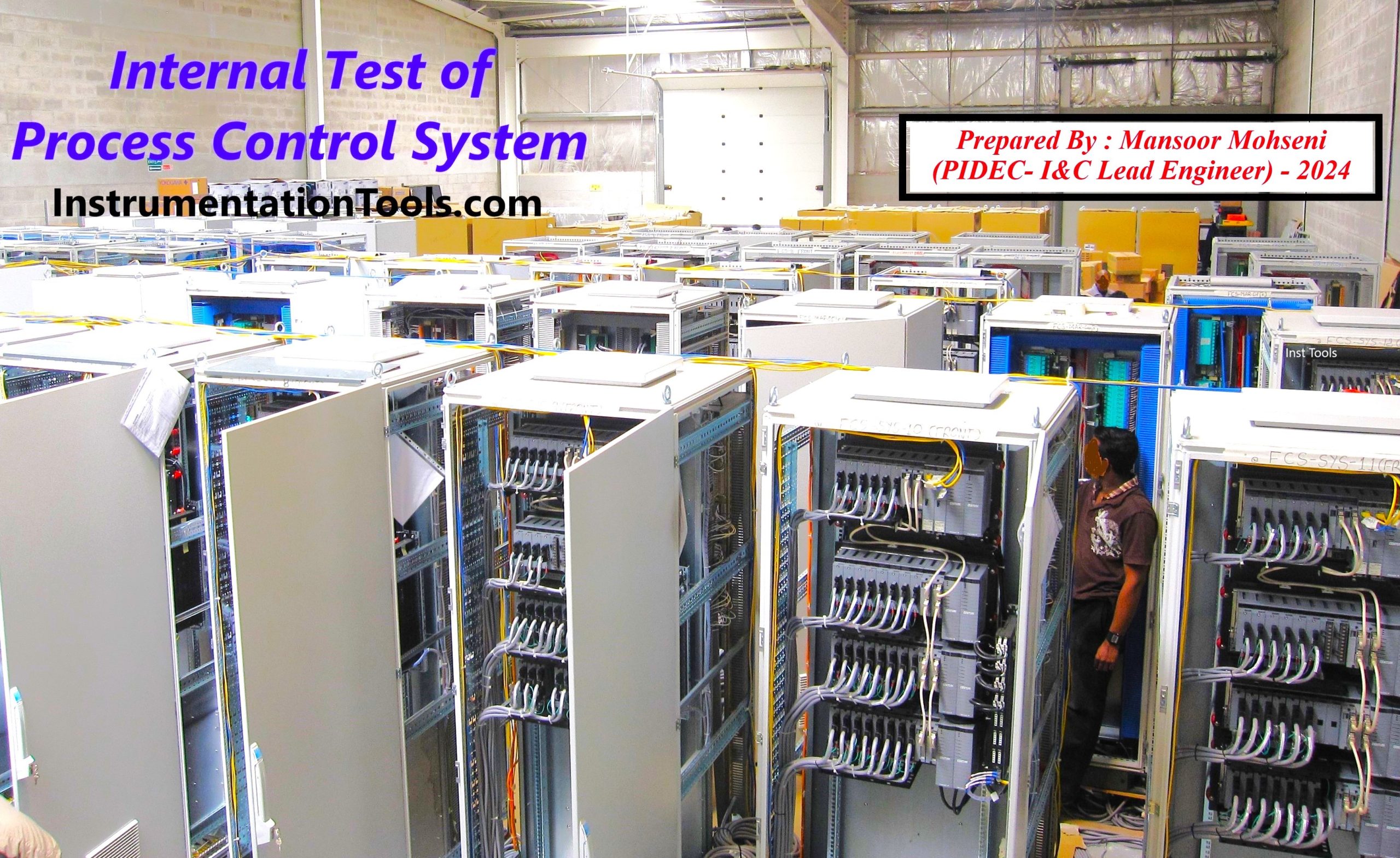
Figure-4: Doing Internal Tests for Finalized Process Control System by Vendor
Providing FAT and SAT Procedures
Usually at the end of project system documentation and in parallel to the System Assembly phase, the System Vendor shall issue the Factory Acceptance Test (FAT) and Site Acceptance Test (SAT) procedures and finalize them by getting the Purchaser Comments and applying applicable comments.
Training
The scope of required training is very different and completely depends on project conditions. However, if such an item is in the System Vendor’s scope, the best time for Process Control System Training is the duration of System Assembly (phase) in the vendor’s shop, since operators (Engineers + System Users) will be enabled to engage for plant start-up and operation.
Depending on the project contract, the Trainings may be conducted at vendor’s shop or may be at other place (may be at project site) by attendance of vendor’s specialist(s).
Test and Delivery
During finalizing the System Assembly (and usually by starting Internal Tests) vendor shall notify the Purchaser (Detail Design Company) and coordinate relevant actions such as: Settling the FAT Date & Duration, Attendance Accommodations (Visa, Hotel Reservation …), and Auxiliary Supports (for Transferring Package Simulators and Other Systems…), etc.
Factory Acceptance Test (FAT)
Factory acceptance tests will be done in the presence of Purchaser (Detail Design Engineering Company) specialists at the FAT shop and will be done by mutual actions on check and validate sequences specified in the FAT Procedure document for satisfaction of project requirements/ specifications. To reach the best results in FAT, it is recommended for the presence of some End User Specialists (at least one specialist).
The FAT sequence usually includes the following:
- The Complete set of Final Documents shall be available at the FAT shop.
- Attending in Test Start Meeting.
- Visual Checking & Quantity Approve
- Earthing Requirements and Readiness for Power On.
- I/O + Loop Checking including Hardware and Software (Digital Inputs/ Outputs, Analog Inputs/ Outputs, HMIs, Interlock Logics & Control Loops, Communication Signals Checking, …).
- Modifications and Removing (or Solving) the problems listed in Punch Lists.
- Redundancy & Extra Checking (Communications, CPU Load …).
- Provided Spare Parts Checking.
- Signing the Final Result MOM (Minutes Of Meeting).
- Issuing the Release Note on the case of accepting success on FAT results.
Execution of Checking and Validating Process Control system Requirements during FAT period can be done by several teams’ actions (in parallel) as shown in Figure-5.
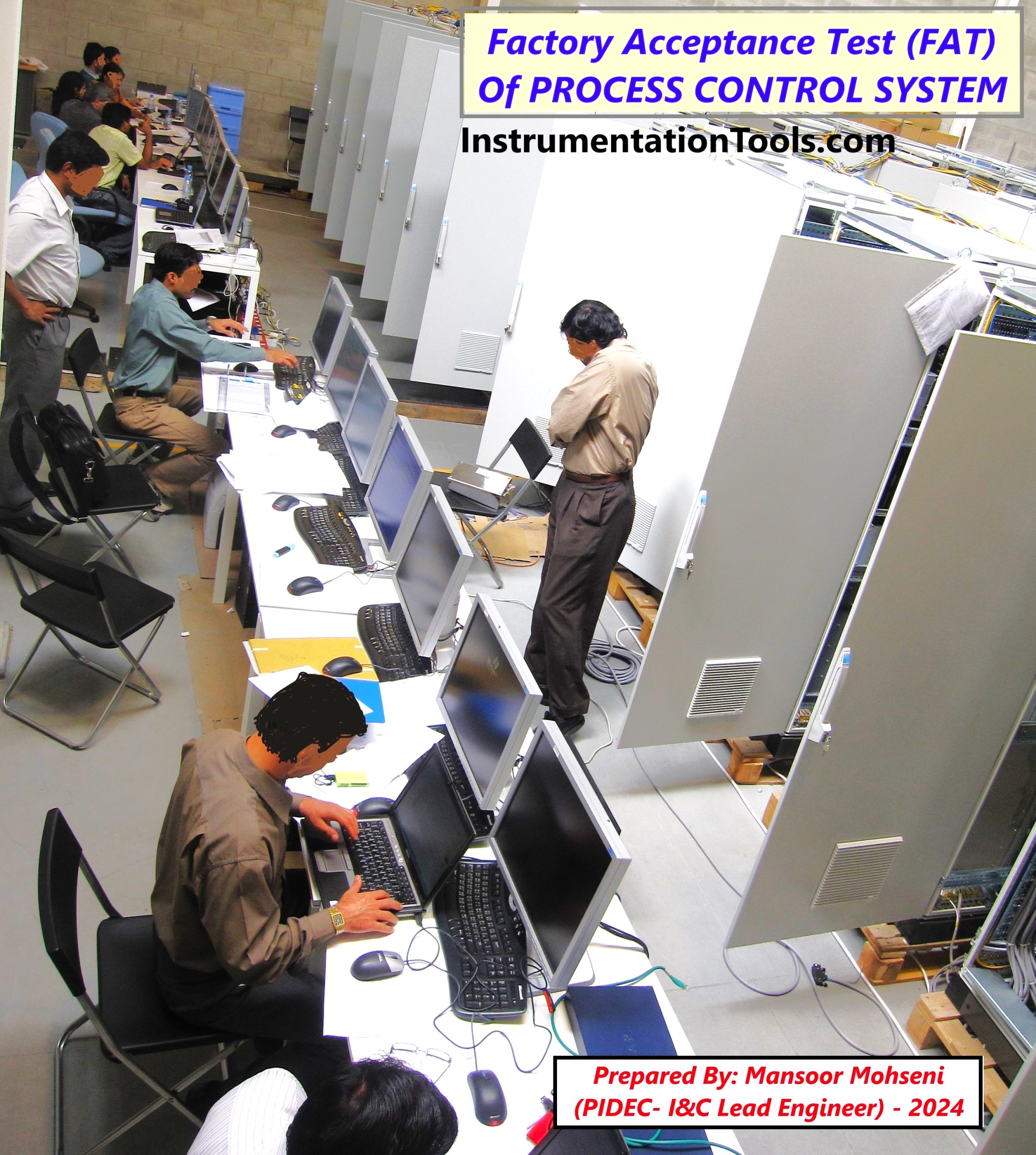
Figure-5: Factory Acceptance Test (FAT) of Process Control System can be done by several teams’ actions (in parallel)
Inspection, Packing and Delivery & Shipping
After reaching successful results on FAT and issuing relevant Release Note, the Purchaser Inspector shall be invited to supervise and monitor the final goods and the execution routines for doing suitable packing and transferring to delivery ports (Figure-6).
If the vendor shop is far away from the project site and delivery of items includes several formats of transportation (road, sea, air) Purchaser Inspector shall be informed of attending at the right times in different locations up to receiving the devices and components at the project site.
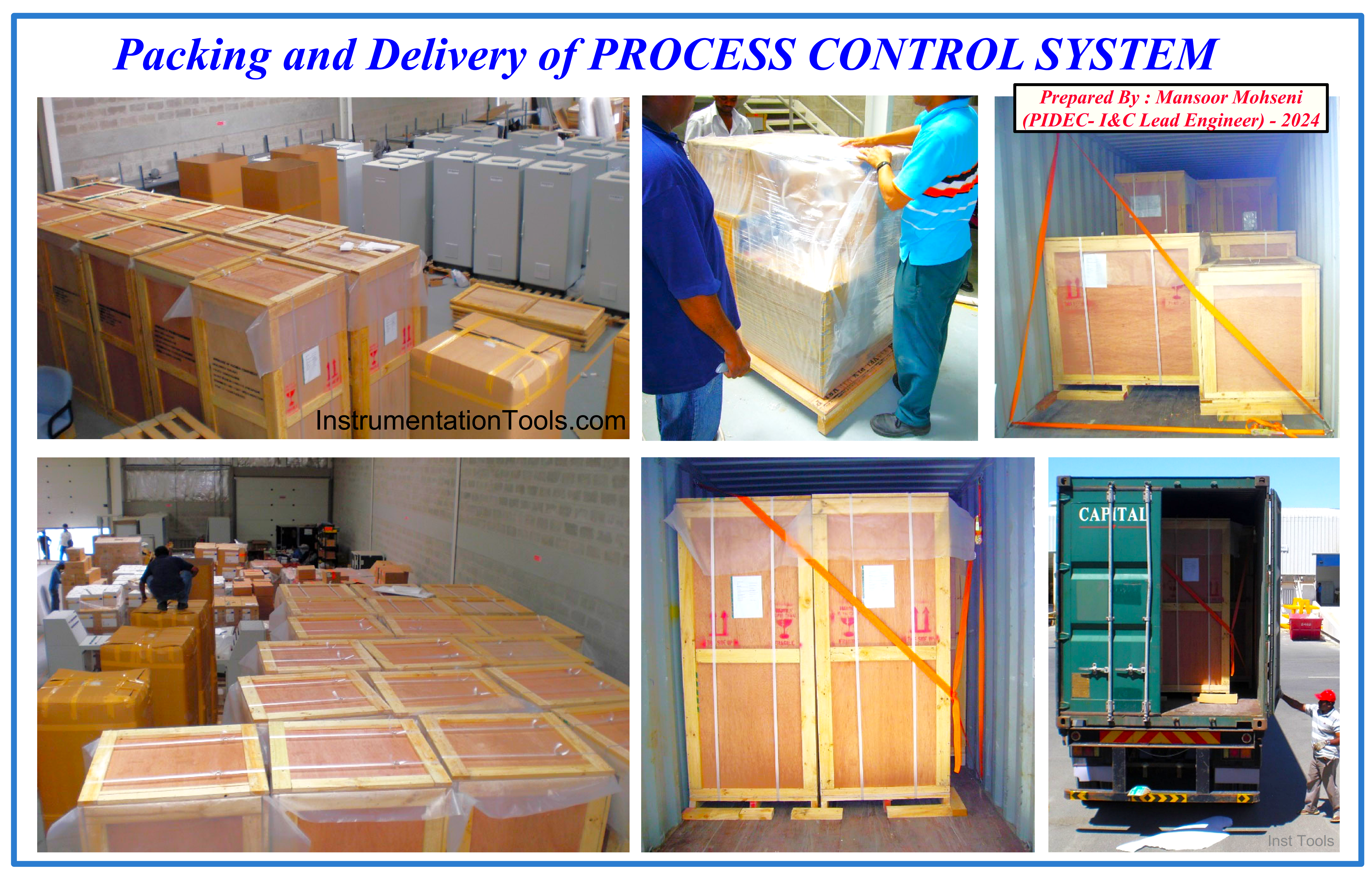
Figure-6: Packing and Delivery of Process Control System
Site Assistance (After-sales Services)
By receiving the Process Control System (devices and components) at the project site, the packing will be opened and relevant inspection (OPI= Open Packing Inspection) will be done by the site responsible team and probably will be transferred to the considered warehouse (in some project may be directly sent to installation area).
By sending the Process Control System from the vendor’s shop, the final documents (Data Books) shall be issued and sent to the Purchaser by the System Vendor.
Due to the Site Construction Plan and at the considered time, the received system will be installed at the installation area (Control Room / Building). Depending on the project contract System Vendor specialists may be attended at the project site from installation time or after completing installation. However, they shall check for the right installation and validity of Mechanical Integrity (Figure-7).
After confirmation of complete installation, the System Vendor Specialist(s) shall check the whole system for readiness on Power-On and following SAT sequences.
Site Acceptance Test
During the Site Acceptance Test (SAT) period, System Vendor Specialists shall do the required check and validity sequences mentioned in the SAT Procedure for getting Purchaser (End-User) approvals on satisfaction of project requirements/ specifications.
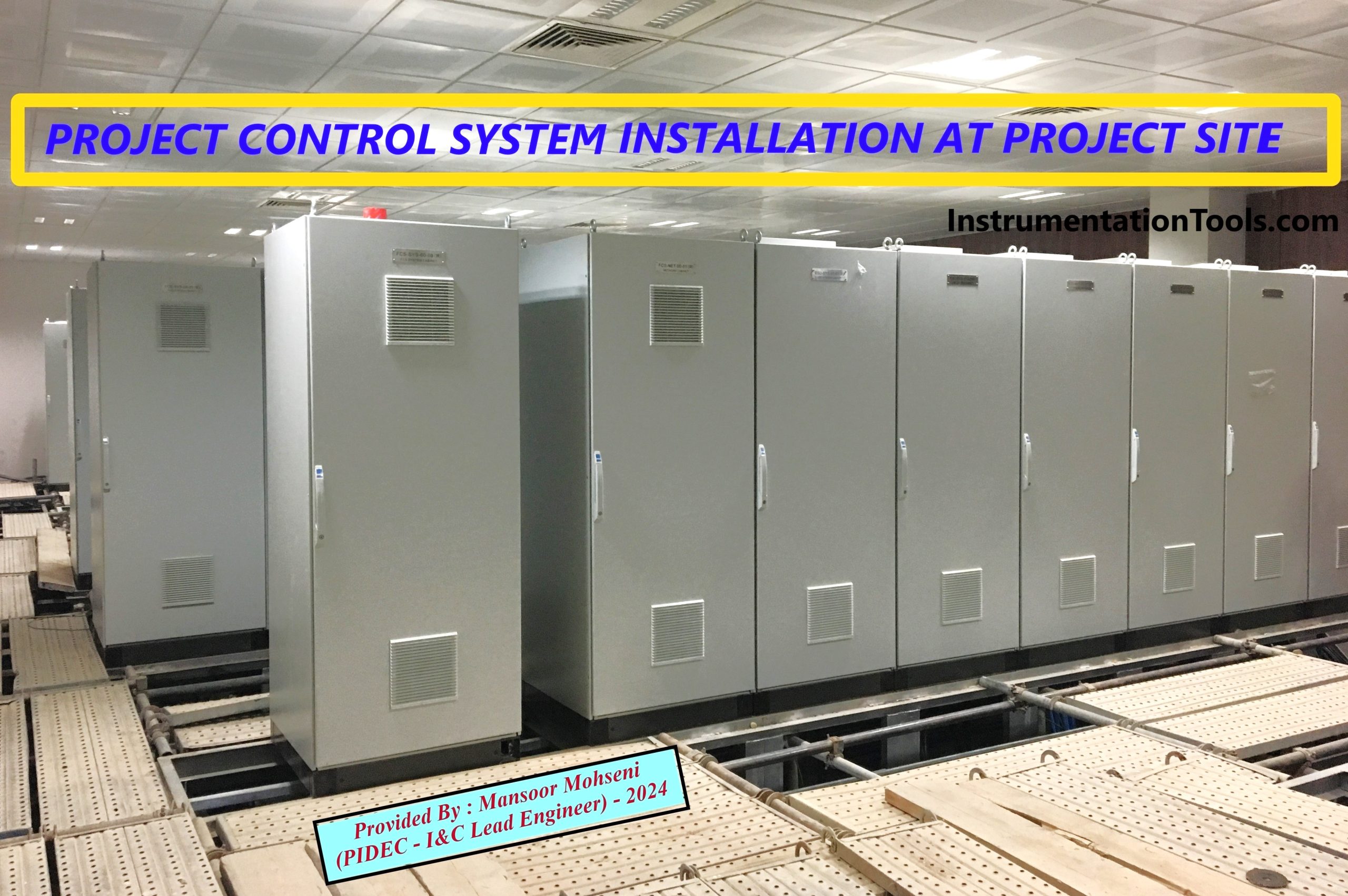
Figure-7: Installation of Process Control System at Project Site (may be done by attendance of System Vendor Specialist(s)).
Commissioning & I/O Loop Checks
After SAT execution, the Site Constructor shall develop the Commissioning and I/O Loop Checking of the Process Control System. Based on the System Contract, a System Vendor Specialist(s) may be present to help with such activities too.
Even in some projects and due to project contractual conditions, System Vendor Specialists may be attended at the project site to complete SAT and I/O Loop Commissioning.
Plant Start-Up & Operation
Usually, in most industrial projects, the System Vendor is asked to provide site assistance during Plant Start-Up & Operation too. In fact, during the running of the Process Plant, the Purchaser (or End-User) may have some requests for some modifications or some new required facilities, which need the System Vendor’s help for implementation.
However, the types and duration of Site Assistance completely depend on the conditions of the project system contract (and maybe activated just on request).
As-Built Documentation
As-built documentation shall be provided by the System Vendor due to their modifications and changes applied to the Process Control System installed at the project site.
After Sales Services
After Sales Services usually is asked in the project system contract from the System Vendor for supplying supporting services, especially for guarantee supplying of spare parts on specified periods.
Conclusion
Design and Supplying the Process Control System of a Process Plant Project is a complex sequence in that I&C-Team of Detail Design/ Engineering Company, and System Vendor Specialists have the main roles and responsibilities for doing the activities and providing required documentation.
The vendor view of the mentioned sequence is studied by this article, while the summary of actions of both mentioned parties can be reviewed in the overview “Sequence of Design & Supplying Process Control Systems” Shown in Figure-8 (Figure-8 was reviewed in another article but repeated here for summary view).
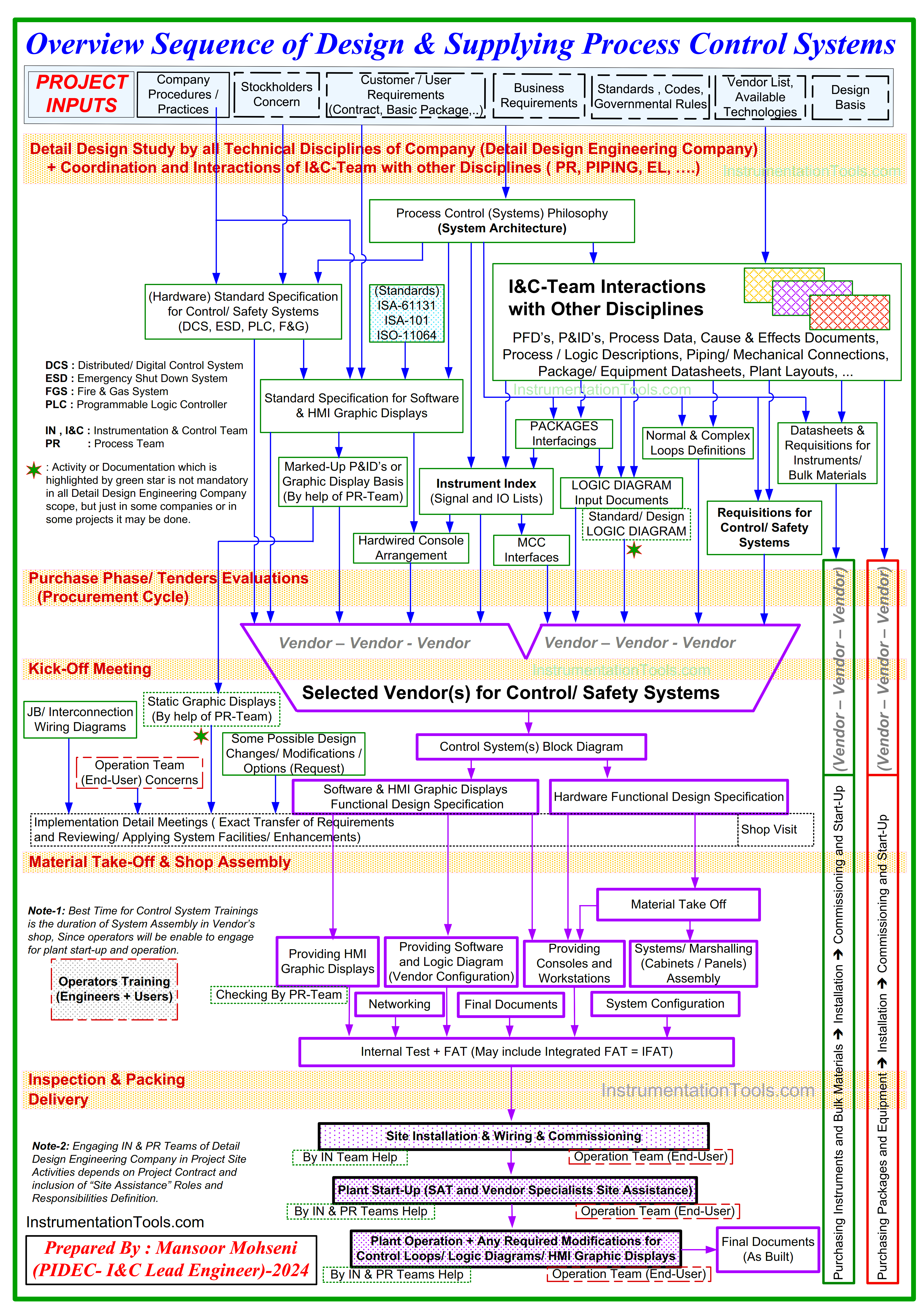
Figure-8: Overview Sequence of Design & Supplying Process Control & Safety Systems
References:
- Design View of Supplying Process Control Systems
- Process Control Systems Philosophy Concept
- Interactions With Process Control Systems Philosophy
- Vendor Document for Project System Architecture
- System architecture and process control systems philosophy
- Instrumentation Design Engineer Roles & Responsibilities
